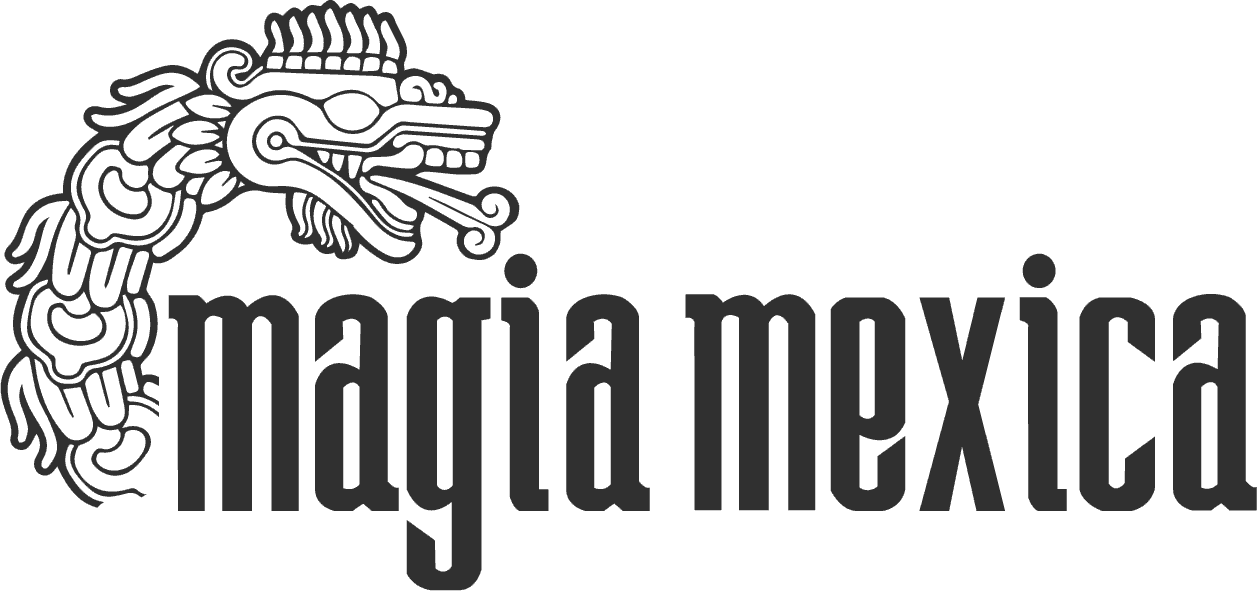November is a special month for Mexicans who celebrate the big party called Día de Muertos.
Families gather in the cemeteries of our country to spend a night with their dead relatives and share with them a dinner with the dishes they liked best surrounded by the aroma of the cempasuchil flower.
Definitely “El Día de Muertos” in Mexico is a great experience full of folklore that we recommend foreigners should live at least once in their life.
Here is a list of the best places to visit during this celebration:
Mixquic:
The town of San Andrés Mixquic has one of the most important traditions of Mexico City. It is one of the few places that starts the celebration on October 31 and until November 3.
Once you arrive, you will notice the cemetery doesn’t have artificial lights because everything goes off so the only light that emanates is from the candles. This neighborhood is adorned with colorful altars and offerings, but it is on the night of November 2 when the pantheon is filled with candles, flowers.
The visitors must not miss visiting the Temple of San Andres, which is in the center of the cemetery and the Mixquic Cural House, because there is an ancient pre-Hispanic temple that exhibits the Miquiztli stone, the representation of death in the first civilizations from Mexico.

Janitzio:
It is a town of Michoacán. Is located on an island just in the middle of the lake of the same name, it has adobe and stone constructions and you will have to climb a series of steps.
To get to his cemetery you must take a boat, which if you take at night will add a total mystery. Once there, you can see the families dressed in traditional costumes and a typical dinner on the grave of their loved ones.
Along the way you can see craft shops and restaurants that offer typical dishes of the region such as uchepos and corundos.

Huasteca (Xilitla):
Xantolo, which in Nahuatl means "Feast of All Saints", is one of the most important celebrations of La Huasteca in the states of Hidalgo, Tamaulipas, Veracruz and San Luis Potosí, and it is recognized as Intangible Heritage of Humanity by UNESCO.
On October 31st, allegorical cars alluding to the Day of the Dead begin to arrive in this magical town, cultural and huapangueadas events are performed, typical dance of the region.
In the following days the lights of the whole town go out and processions are carried out where each person carries a candle, bringing offerings to the pantheons and decorating the graves with flowers.
Something very traditional is that the locals give tamales to the people who are passing by.
This celebration takes place in communities such as Tancanhuitz, Tamazunchale, Axtla de Terrazas, San Vicente Tancuayalab, San Martín Chalchicuautla, Ciudad Valles and San Antonio and Coxcatlán, where the dead with flowers are remembered and venerated, dance, music and food.

Xcaret Park:
The 14th. Festival of Life and Death Traditions has as guest of honor the state of San Luis Potosí.
This year's program includes games, dance, various concerts and the Mass of All Saints Festival, as well as various workshops, exhibitions and the Interactive Hacienda, a space where children and adults learn and have fun with the many traditions that they are part of the Day of the Dead.
The 2019 edition will also feature theatrical and musical performances from countries such as Spain and Peru.
In addition, there will be two gala concerts on November 1 and 2, with the presentation of Los Angeles Azules.

Pomuch (Campeche):
Following the tradition of the Mayan culture, the habitants of this town, meet in the cemetery a few days before the celebration of El Dia de Muertos in Mexico to start the “Bone Cleanse”.
This mortuary ritual can be quite impressive for some travelers. It is called bone cleansing because, literally, the habitants take out the skeletons of their loved ones to clean them in detail and leave them presentable for the holy days. The bones are placed in a box with white mantle where they will remain throughout the year.


